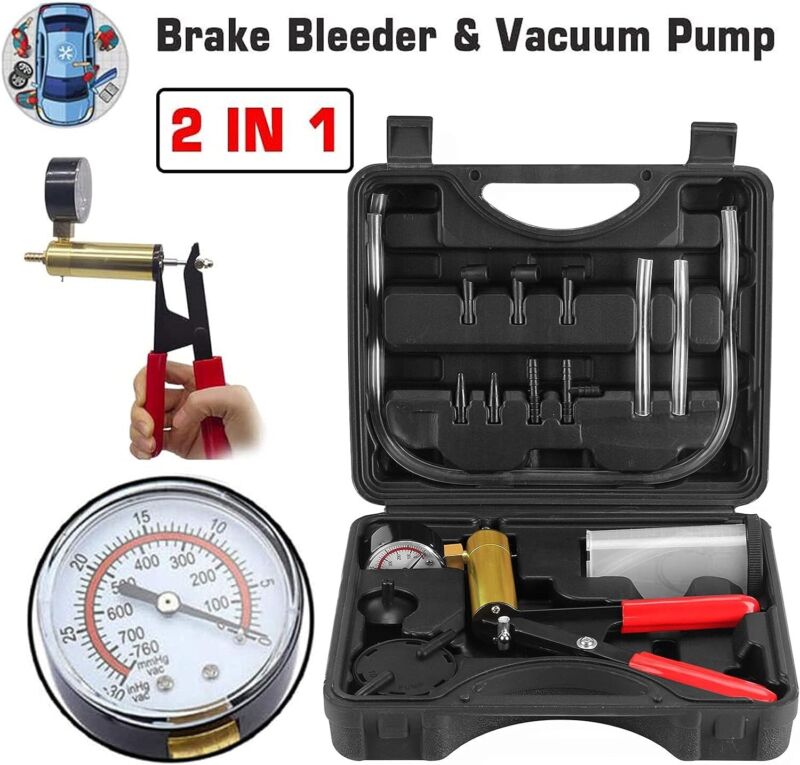
Embarking on the journey of starting a body shop can be both exciting and challenging. While your passion for automobiles and repair work fuels your dream, the initial financial hurdles can seem daunting.
In this comprehensive guide, we will delve deep into ten invaluable tips to help you kickstart your body shop without breaking the bank and explore how to leverage a “surplus network” to cut costs further and boost your business.
Tip 1: Create a Detailed Business Plan
A well-crafted business plan is the cornerstone of any successful startup. It serves as your roadmap, guiding you through the intricacies of launching and running a body shop. In your plan, outline your goals, mission, vision, and objectives.
Define your target audience and conduct thorough market research to identify your competition. Include a detailed financial projection that covers startup costs, operating expenses, and revenue forecasts.
Tip 2: Choose the Right Location
The location of your body shop plays a pivotal role in its success. A strategic location can save you money on advertising and attract more customers. Consider areas with high traffic and easy accessibility, as these factors can significantly impact your shop’s visibility and footfall.
Tip 3: Go for Used Equipment
Starting a body shop often requires a considerable investment in tools and machinery. However, opting for used equipment can significantly reduce your initial costs. Seek out reputable dealers who specialize in refurbished items. While these tools may have been previously owned, they are often restored to near-new condition, offering reliable performance at a fraction of the price of brand-new equipment.
Tip 4: Network with Suppliers
Establishing strong relationships with suppliers is essential for obtaining discounts on essential items such as paint, parts, and materials. Building a robust “surplus network” can be particularly beneficial for securing cost-effective resources. Look for surplus suppliers who offer surplus or discounted automotive supplies. By cultivating these connections, you can tap into a valuable resource pool to help you cut costs and increase your profit margins.
Tip 5: Embrace Technology
Technology is crucial in improving efficiency and reducing repair time in today’s automotive repair industry. Invest in modern diagnostic equipment and software that can streamline your operations. While the initial investment may seem steep, the long-term benefits of labor cost savings and enhanced customer satisfaction are well worth it.
Tip 6: DIY Marketing
Marketing is essential for attracting customers to your body shop, but you don’t need to break the bank to promote your business effectively. Consider leveraging digital marketing tools and social media platforms to create a strong online presence. Engage with your local community by participating in events, sponsoring local initiatives, or collaborating with other businesses in your “surplus network.”
Tip 7: Offer Specialized Services
One effective strategy for standing out in a competitive market is to specialize in specific services. Tailor your offerings to cater to a niche within the automotive repair industry. Whether it’s custom paint jobs, dent removal, or eco-friendly repairs, focusing on a specialized area can attract a dedicated customer base and reduce direct competition.
Tip 8: Train Your Team
Your team of technicians is the backbone of your body shop. Investing in their training and skill development can significantly impact your shop’s efficiency and reputation. You can ensure that your employees stay updated with the latest industry trends and repair techniques by providing ongoing training and certification opportunities.
Tip 9: Maintain Quality Control
Quality control is non-negotiable in the automotive repair industry. Implement stringent quality control processes to minimize rework, ensure consistent results, and guarantee customer satisfaction. Create a checklist or standardized inspection procedures, ensuring every repair leaves your shop in top-notch condition.
Tip 10: Monitor Your Finances
Financial management is a continuous process that requires vigilance and adaptability. Regularly review your financial statements and make adjustments as needed. Keep a close eye on your budget, track expenses, and identify areas where cost-cutting measures can be implemented.
Maintaining a keen awareness of your financial health allows you to make informed decisions, seize opportunities to save money, and optimize your operations for sustainable growth.
One of the most effective ways to minimize costs in the automotive repair business is to tap into a “surplus network.” This network can encompass surplus suppliers, wholesalers, or even other body shop owners who can share resources and insights.
Collaboration within the surplus network can yield numerous benefits. You can negotiate bulk purchases, secure discounted supplies, or access surplus materials and equipment at a fraction of the regular cost.
Conclusion
Starting a body shop on a budget requires careful planning, resourcefulness, and strategic decision-making. By following these ten comprehensive tips and exploring the opportunities within a “surplus network,” you can launch your body shop successfully, minimize expenses, and pave the way for long-term success in the competitive automotive repair industry. With dedication and smart financial management, your dream of running a thriving body shop can become a reality.











More Stories
Automotive Industries interview with Johannes Mark, Head of Global Parking Insights, EasyPark Group – Transforming Urban Parking with Light Detection and Ranging Technology
How Secure Parking Technology is Shaping the Future of Urban Development
Steps to Take When Dealing with Insurance Companies After a Car Accident